Gender and the Gothic in the Fiction of Edith Wharton
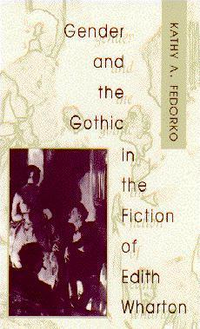
Summary
Edith Wharton’s contradictory views of women and men– her attitudes toward the feminine and the masculine—reflect a complicated interweaving of family and social environment, historical time, and individual psychology. Studies of Wharton have exhibited the same kind of contradiction, with some seeing her as disparaging men and the masculine and others depicting her as disparaging women and the feminine. The use of Gothic elements in her fiction provided Wharton—often considered the consummate realist—with a way to dramatize the conflict between feminine and masculine selves as she experienced them and to evolve and alternative to the dualism.
Using feminist archetypal theory and theory of the female Gothic, Fedorko shows how Wharton, in sixteen short stories and six major novels written during four distinct periods of her life, adopts and adapts Gothic elements as a way to explore the nature of feminine and masculine ways of knowing and being and to dramatize the tension between them. A distinction in her use of the form is that she has women and men engage in a process of individuation during which they confront the abyss, the threatening and disorienting feminine/maternal. Wharton deconstructs traditional Gothic villains and victims by encouraging the reader to identity with those characters who are willing to assimilate this confrontation with the feminine/maternal into their sense of themselves as women and men. In the novels with Gothic texts Wharton draws multiply parallels between male and female protagonists, indicating the commonalities between women and men and the potential for a female self. Eventually, in her last completed novel and her last short story, Wharton imagines human beings who are comfortable with both gender selves.
Similar Books
-
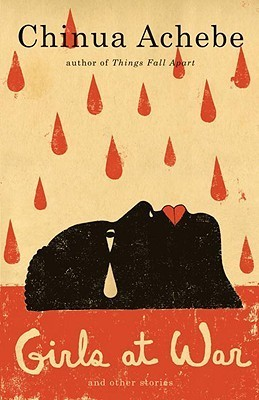 Girls at War and Other Stories
Girls at War and Other Storiesby Chinua Achebe
-
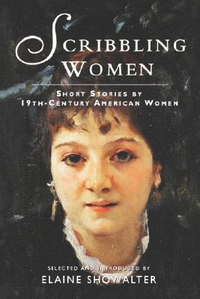 Scribbling Women: Short Stories by 19th-Century American Women
Scribbling Women: Short Stories by 19th-Century American Womenby Elaine Showalter
-
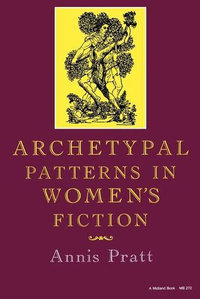 Archetypal Patterns in Women's Fiction
Archetypal Patterns in Women's Fictionby Annis Pratt
-
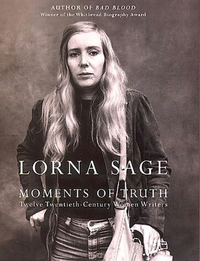 Moments of Truth: Twelve Twentieth-Century Women Writers
Moments of Truth: Twelve Twentieth-Century Women Writersby Lorna Sage
-
 Fresh Men 2: New Voices in Gay Fiction (Fresh Men)
Fresh Men 2: New Voices in Gay Fiction (Fresh Men)by Donald Weise
-
 Frankenstein's Daughters: Women Writing Science Fiction
Frankenstein's Daughters: Women Writing Science Fictionby Utopian and Science Fiction by Women Jane L. Donawerth
-
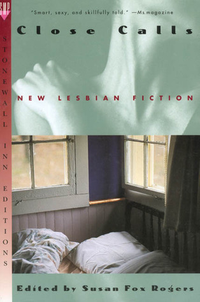 Close Calls: New Lesbian Fiction
Close Calls: New Lesbian Fictionby Susan Fox Rogers
-
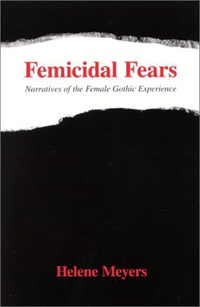 Femicidal Fears: Narratives of the Female Gothic Experience
Femicidal Fears: Narratives of the Female Gothic Experienceby Helene Meyers
-
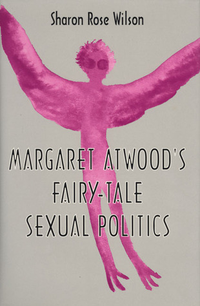 Margaret Atwood's Fairy-Tale Sexual Politics
Margaret Atwood's Fairy-Tale Sexual Politicsby Sharon Rose Wilson
-
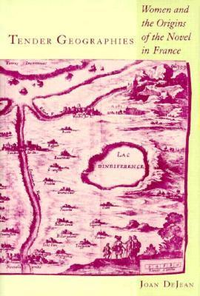
-
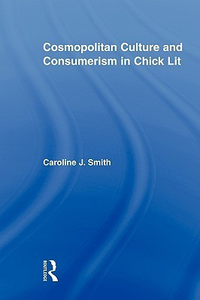 Cosmopolitan Culture and Consumerism in Chick Lit
Cosmopolitan Culture and Consumerism in Chick Litby Caroline J. Smith
-
 Utopian and Science Fiction by Women: Worlds of Difference
Utopian and Science Fiction by Women: Worlds of Differenceby Jane L. Donawerth
-
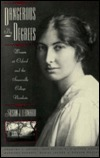 Dangerous by Degrees: Women at Oxford and the Somerville College Novelists
Dangerous by Degrees: Women at Oxford and the Somerville College Novelistsby Susan J. Leonardi
-
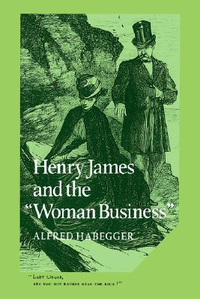 Henry James and the 'Woman Business'
Henry James and the 'Woman Business'by Alfred Habegger
-
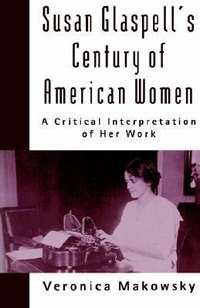 Susan Glaspell's Century of American Women: A Critical Interpretation of Her Work
Susan Glaspell's Century of American Women: A Critical Interpretation of Her Workby Veronica Makowsky
-
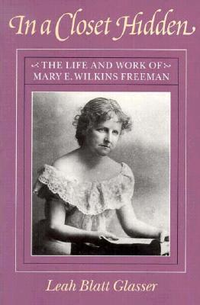 In a Closet Hidden
In a Closet Hiddenby Leah Blatt Glasser
-
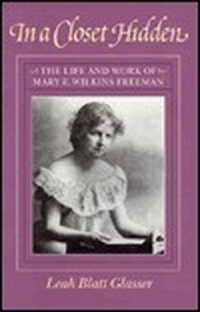 In a Closet Hidden: The Life and Work of Mary E. Wilkins Freeman
In a Closet Hidden: The Life and Work of Mary E. Wilkins Freemanby Leah Blatt Glasser
-
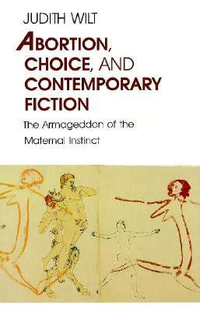
-
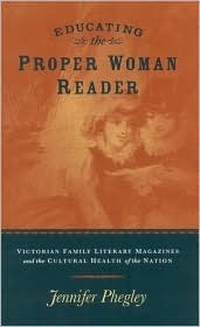
-
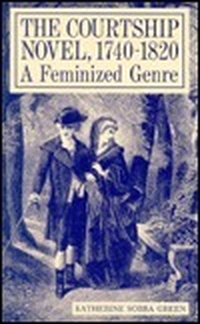 The Courtship Novel, 1740-1820: A Feminized Genre
The Courtship Novel, 1740-1820: A Feminized Genreby Katherine Sobba Green
-
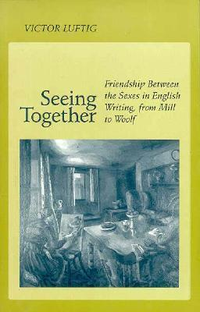
-
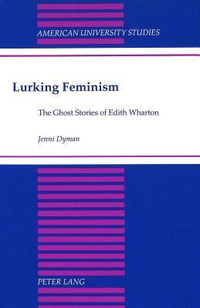 Lurking Feminism: The Ghost Stories of Edith Wharton
Lurking Feminism: The Ghost Stories of Edith Whartonby Jenni Dyman
-
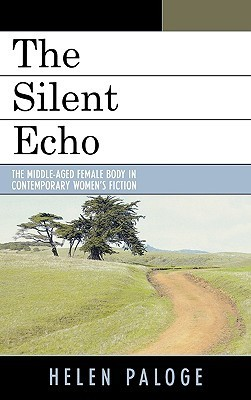
-
 The Senegalese Novel by Women: Through Their Own Eyes
The Senegalese Novel by Women: Through Their Own Eyesby Susan Stringer O'Keeffe
-
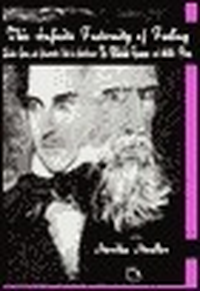
-
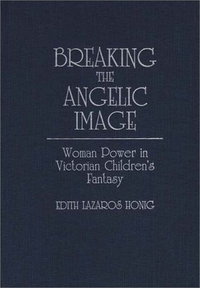 Breaking the Angelic Image: Woman Power in Victorian Children's Fantasy
Breaking the Angelic Image: Woman Power in Victorian Children's Fantasyby Edith Lazaros Honig
-
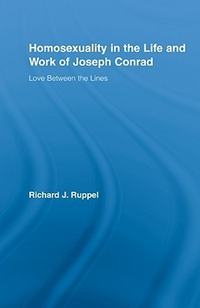 Homosexuality in the Life and Work of Joseph Conrad: Love Between the Lines
Homosexuality in the Life and Work of Joseph Conrad: Love Between the Linesby Richard J. Ruppel
-
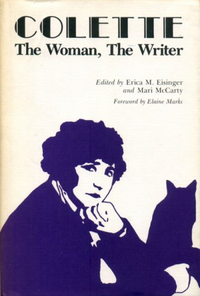 Colette: The Woman, the Writer
Colette: The Woman, the Writerby Eisinger
-
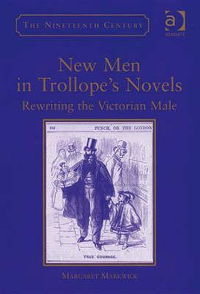 New Men in Trollope's Novels: Rewriting the Victorian Male
New Men in Trollope's Novels: Rewriting the Victorian Maleby Margaret Markwick